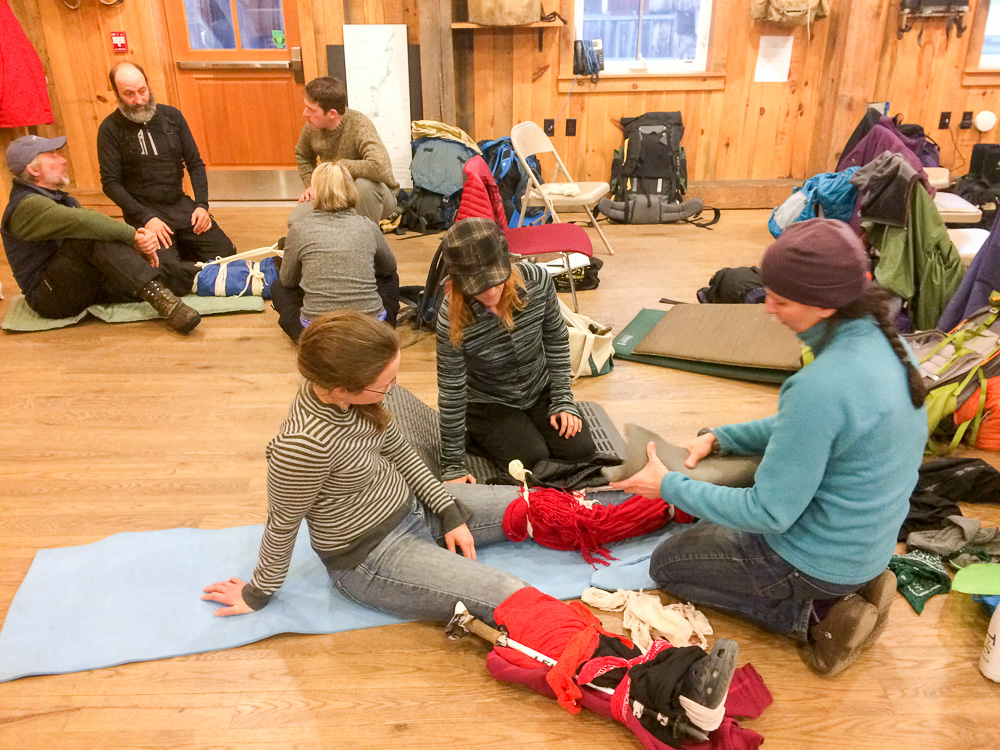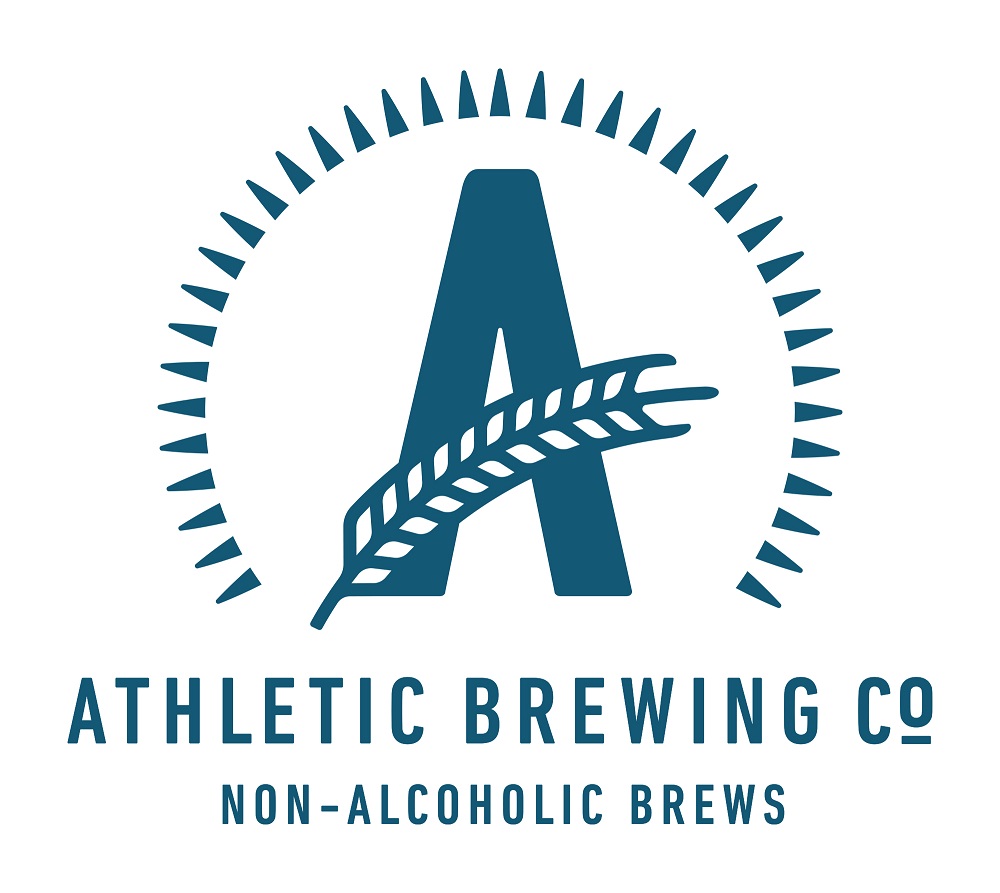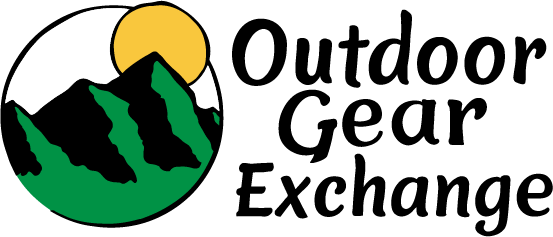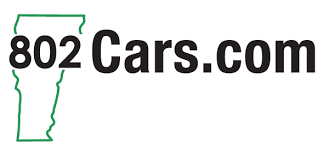This post was written by Ilana Copel, GMC’s Field Supervisor.
To those unfamiliar with the Green Mountains, Vermont might not seem like the most relevant place to take a Wilderness First Aid course. No 100-mile wide wilderness areas, no grizzlies, legendarily infrequent avalanches – not too intimidating on paper. But Northeast adventurers know that the woods here hold their own set of challenges in the form of rugged trails, icy staircases, and wind-blown summits, not to mention the lightning storms, the widely-varying spring and fall temperatures, and the annual influx of bees and ticks.
All these and more are hazards our GMC Field Staff consider on a daily basis, both in regards to their own safety and to that of the public. That’s why last weekend I joined almost 30 classmates to practice Wilderness First Aid (WFA) at the GMC headquarters. The course, taught by an awesome instructor from Stonehearth Open Learning Opportunities (SOLO), was 16 hours over two days. This was my third time taking a WFA course, and my second time in the winter, so I was a little worried I’d be bored. Far from it. The course is usually a mix of Wilderness First Responders looking to keep up their hours, backcountry guides meeting employment requirements, and casual outdoor enthusiasts who want the skills to calmly handle situations which might arise when out with friends. This means each time I take it there are new stories, new scenarios to be tested on, and – yes – new tricks.

For example, did you know in a pinch you can make a basic cervical collar from a baseball cap? How about a litter from two raincoats and two hiking poles? Better yet, you can make the raincoat someone is already wearing into a sling for a busted arm, without even making them unzip! Hopefully, I’ll never have to use any of these tips, but it feels good having the knowledge stored away in case of an accident.

One particular area in which I gained confidence was medical emergencies, as opposed to physical injuries. Meeting someone with nausea and chest pains is a whole different beast than finding someone who has skied into a tree. You need to know what medicine (if any) is appropriate, and how to safely evacuate that patient if necessary. Recognizing different symptoms and gauging how serious they are is, of course, difficult out in the elements, but that baseline understanding is invaluable.

That said, I definitely encourage anyone who spends time in the backcountry to take a WFA course. It’s a lot of information to take in, but even coming away with a better understanding of the steps to prevent an emergency means it was time well spent. The scenarios are invaluable in that they force you to actually go through all the steps you’d run through when responding to a patient. It takes practice for those steps to become ingrained, but that’s what these courses are all about. That, and making really cool lower leg splints out of sleeping pads.

GMC frequently offers Wilderness First Aid courses. The next dates will be April 22 & 23 and June 17 & 18. Keep an eye on our workshops page for up to date information.



















Awesome article, illana! You perfectly captured what it was like to be there. Thanks!